Land tortoises are among the most fascinating reptiles, popular for their docile nature and impressive longevity. Unlike aquatic and semi-aquatic turtles, land tortoises are fully adapted to life on solid ground and have evolved a variety of traits that help them thrive in a wide range of environments. In this article, we explore the five most common types of land tortoises, highlighting their key features, distribution, and care requirements—perfect for anyone interested in tortoise species, reptile care, or exotic pets.
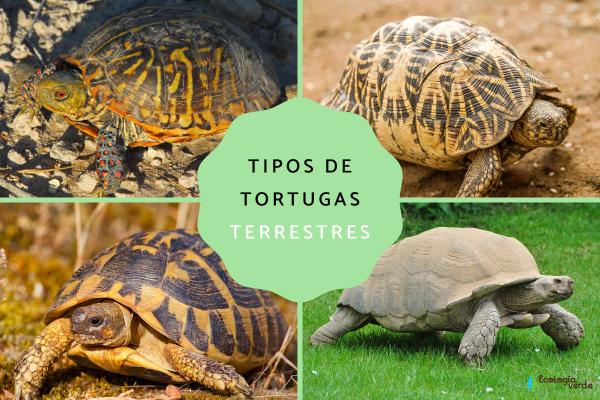
All tortoises, whether terrestrial or aquatic, share the defining feature of a hard shell, which consists of a carapace (top) and plastron (bottom). This shell is fused to their skeleton, providing robust protection for their internal organs. Land tortoises, specifically, are recognized for:
The ability to retract their head and limbs fully into their shell for defense.
Movable eyelids to protect their eyes from dust and debris.
Sturdy, elephantine legs with separated toes, ideal for walking, digging, and self-defense.
A beak-like mouth (rhamphotheca) for cutting and swallowing food; most tortoises swallow rather than chew.
Omnivorous or herbivorous diets; young tortoises may eat more protein and shift toward plants as they age.
Distinct sexual dimorphism: females have a flat plastron, while males have a slightly concave plastron.
Most land tortoises belong to the Testudinidae family, with around 40 recognized species worldwide.
Below are five popular types of land tortoises and their distinguishing traits.
Box turtles are technically part of the Emydidae family (more closely related to pond turtles), but are often grouped with land tortoises because of their terrestrial lifestyle. Their signature feature is a hinged plastron, allowing them to close their shell completely—like a box—offering superior protection against predators.
Distribution & Habitat:
Native to the United States and Mexico, box turtles inhabit grasslands, open forests, and semi-deserts. They hibernate during winter, often digging burrows for shelter.
Common species:
Eastern Box Turtle (Terrapene carolina carolina)
Florida Box Turtle (T. carolina bauri)
Mexican Box Turtle (T. carolina mexicana)
Three-toed Box Turtle (T. carolina triunguis)
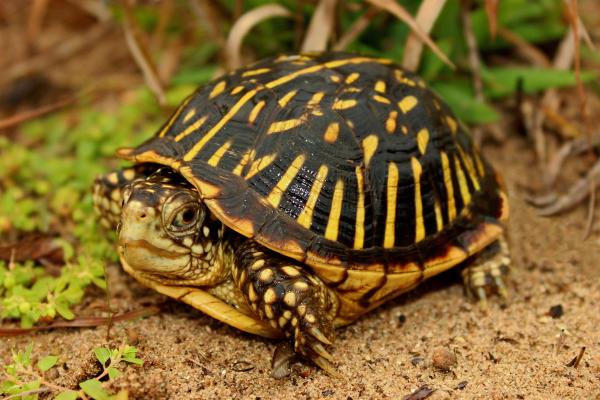
The Indian star tortoise is named for its striking, radiating star-patterned shell. Found throughout India, Pakistan, and Sri Lanka, this species thrives in diverse habitats—from moist forests and grasslands to dry, semi-arid areas.
Key traits:
Medium-sized, reaching up to 35 cm in length.
Bright yellow body with a dark shell featuring yellow star-like lines.
Can live up to 80 years.
Breeding is synchronized with the rainy season.
High demand as a pet, but requires specialized care.
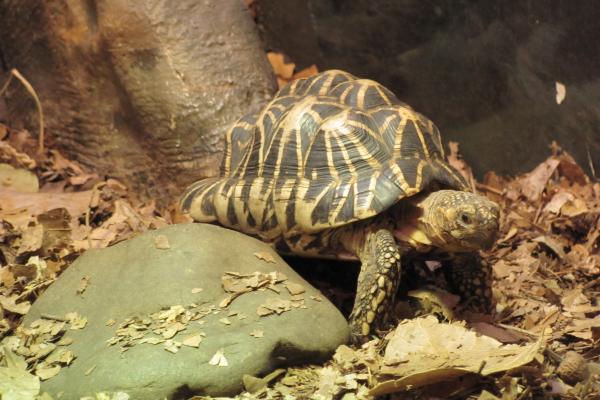
Also known as the Horsfield’s tortoise or Afghan tortoise, this robust species is well-suited to extreme climates. Adults grow to 16–23 cm, with females being larger.
Distribution:
Native to Central Asia, including Uzbekistan, Afghanistan, and parts of Russia. Adapted to harsh hot and cold environments.
Habits:
Digs extensive burrows to escape temperature extremes and hibernate.
Gentle temperament, making it an excellent beginner’s pet.
Herbivorous, feeding mainly on grasses and leafy greens.
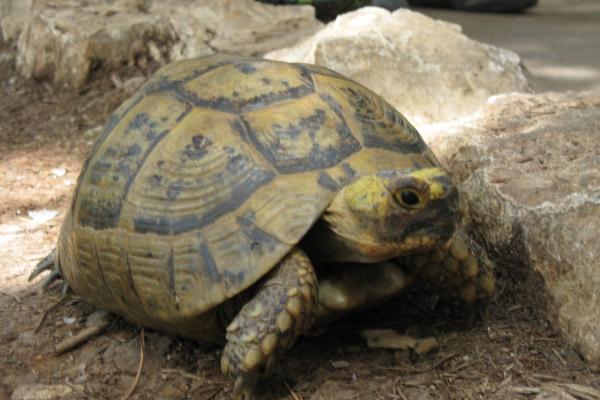
The Mediterranean tortoise inhabits southern Europe, including Spain, Italy, Greece, Croatia, and France. It is known for its beautiful black and green shell patterns and distinctive horny spur at the tip of its tail.
Details:
Related to the Russian tortoise but with unique tail features.
Faces wild population declines due to illegal capture and habitat loss.
Can be kept as a pet, but wild-caught specimens are discouraged.
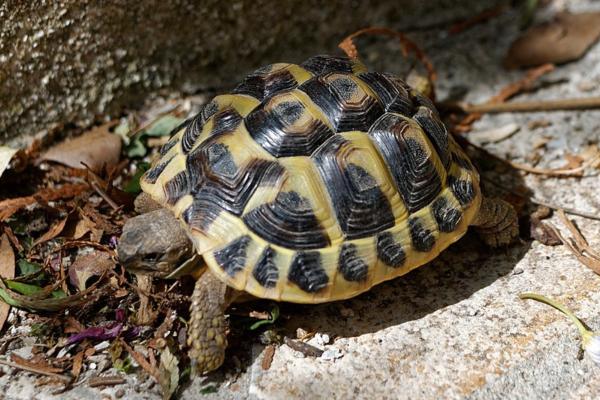
Also known as the sulcata tortoise, the African spurred tortoise is the third-largest tortoise species in the world. Native to the Sahel region of Africa, it is characterized by its rapid growth and impressive size.
Features:
Can reach up to 85 cm (33 in) in length and weigh over 100 kg (220 lbs).
Shell color ranges from brown to yellow with distinctive grooves.
Solitary and territorial in the wild.
Critically endangered due to habitat loss.
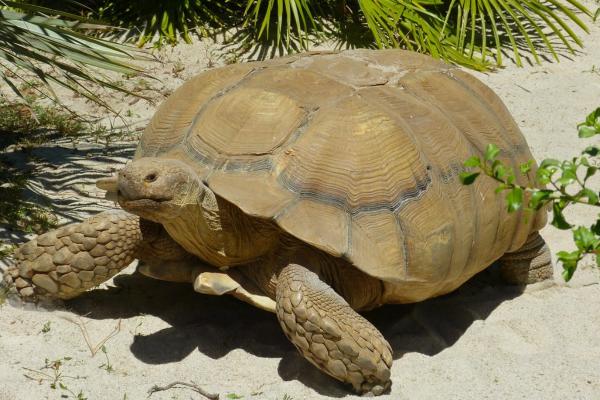
Many land tortoise species are now threatened by habitat destruction and illegal collection. If you’re interested in keeping a tortoise as a pet, always choose captive-bred individuals and avoid contributing to the wild animal trade. Provide them with proper UV light, varied diet, suitable temperature, and ample space for digging and basking. Responsible care helps ensure these remarkable reptiles thrive for generations to come.
Bibliografía
Beatty, R., Beer, A., & Deeming, C. (2010). El libro de la naturaleza. Gran Bretaña: Dorling Kindersley.
Bouchard, K. (2009). Geochelone elegans. Disponible en: https://animaldiversity.org/accounts/Geochelone_elegans/
animal tags: Land Tortoises
We created this article in conjunction with AI technology, then made sure it was fact-checked and edited by a Animals Top editor.